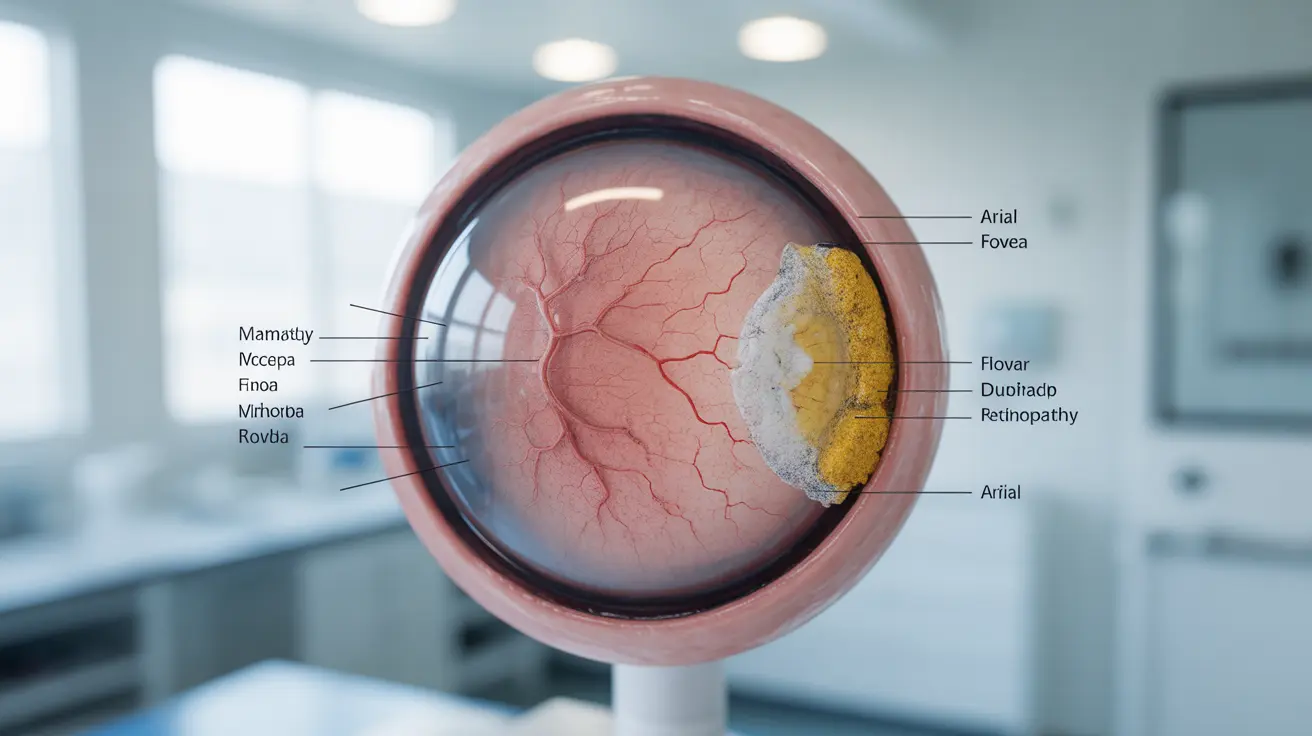Removing unwanted body hair is a common grooming practice, but not everyone feels comfortable using a razor. Whether you're looking to avoid razor burn, ingrown hairs, or simply want to explore other options, there are several effective methods to achieve smooth skin without reaching for a razor. This article will explore various hair removal alternatives, their benefits, and how to use them safely for the best results.
From waxing and sugaring to depilatory creams and epilators, we'll cover a range of techniques suitable for different body areas and skin types. By understanding these alternatives, you can find the best hair removal method that works for your needs and comfort level.
Waxing: A Popular Long-Lasting Option
Waxing is one of the most widely used alternatives to shaving. This method involves applying warm wax to the skin and then quickly removing it, along with the hair, using cloth strips.
Benefits of Waxing
- Longer-lasting results compared to shaving (typically 3-4 weeks)
- Removes hair from the root, leading to finer regrowth over time
- Can be done at home or by a professional
- Suitable for large areas like legs and arms, as well as smaller areas like the face
Tips for Effective Waxing
- Ensure hair is at least 1/4 inch long for best results
- Exfoliate the area a day before waxing to prevent ingrown hairs
- Apply a soothing lotion or aloe vera gel after waxing to reduce irritation
- Avoid sun exposure and hot showers immediately after waxing
Sugaring: A Gentler Alternative to Waxing
Sugaring is an ancient hair removal technique that uses a paste made from sugar, lemon juice, and water. It's often considered a gentler alternative to waxing, especially for those with sensitive skin.
How Sugaring Compares to Waxing
- Less painful than waxing for many people
- The paste is applied at body temperature, reducing the risk of burns
- Only adheres to hair, not skin, potentially causing less irritation
- Can be used on shorter hair (about 1/8 inch long)
- Biodegradable and easy to clean up
While sugaring can be more comfortable than waxing, it may require more skill to apply effectively, especially when doing it at home. Many find it worth trying, particularly if they have experienced discomfort with traditional waxing.
Hair Removal Creams: Quick and Easy Option
Depilatory creams, also known as hair removal creams, work by breaking down the protein structure of the hair, allowing it to be easily wiped away.
Benefits and Risks of Hair Removal Creams
- Benefits:
- Painless and easy to use
- Quick results (usually within 5-10 minutes)
- Can be used on various body parts
- Risks:
- May cause skin irritation or allergic reactions in some people
- Strong chemical smell
- Not suitable for use on sensitive areas like the face or genitals
Always perform a patch test before using a hair removal cream on a larger area, and strictly follow the instructions regarding application time to avoid skin damage.
Tweezing and Threading: Precision Hair Removal
Tweezing and threading are excellent methods for precise hair removal, particularly for smaller areas like eyebrows, upper lip, and chin.
Suitability for Different Areas
- Tweezing: Best for individual hairs or small areas
- Threading: Effective for creating clean lines and shaping eyebrows, can also be used on upper lip and chin
Both methods are less suitable for large areas due to the time-consuming nature of the process and potential discomfort when removing many hairs at once.
Epilators: Long-Lasting Results with Some Discomfort
Epilators are electronic devices that pluck multiple hairs simultaneously using rotating tweezers. They offer longer-lasting results similar to waxing but can be used at home more easily.
Tips for Using Epilators
- Start with shorter hair for less discomfort
- Use on dry skin for better grip on hairs
- Go slowly and keep the skin taut
- Consider using a numbing cream before epilating if you have low pain tolerance
- Clean the epilator thoroughly after each use to prevent bacteria buildup
Preventing Skin Irritation with Alternative Hair Removal Methods
Regardless of the method you choose, taking care of your skin before and after hair removal is crucial to prevent irritation and achieve the best results.
- Exfoliate gently before hair removal to prevent ingrown hairs
- Moisturize your skin regularly to keep it healthy and resilient
- For methods like epilating or dry shaving, consider using a soothing aftercare product with ingredients like aloe vera or witch hazel
- Avoid tight clothing immediately after hair removal to reduce friction and irritation
- Stay hydrated and maintain a balanced diet to support overall skin health
Frequently Asked Questions
- What are the most effective ways to remove unwanted hair without using a razor?
The most effective non-razor hair removal methods include waxing, sugaring, hair removal creams, epilating, and for smaller areas, tweezing and threading. Each method has its pros and cons, and effectiveness can vary depending on individual factors like hair type, skin sensitivity, and the area being treated.
- How does sugaring compare to waxing in terms of pain and effectiveness?
Sugaring is often considered less painful than waxing because the sugar paste adheres only to the hair, not the skin. It can be equally effective as waxing for hair removal, and some find it gentler on sensitive skin. However, sugaring may require more skill to apply correctly, especially when done at home.
- What are the benefits and risks of using hair removal creams versus other non-razor methods?
Hair removal creams offer quick, painless results and are easy to use. However, they carry risks of skin irritation and allergic reactions. Other methods like waxing or epilating provide longer-lasting results but can be more painful. The choice depends on individual preferences, skin sensitivity, and the area being treated.
- Can tweezing and threading be used for large areas of hair removal, or are they better suited for smaller patches?
Tweezing and threading are best suited for smaller areas like eyebrows, upper lip, and chin. They provide precise control but are too time-consuming and potentially uncomfortable for large areas like legs or arms. For larger areas, methods like waxing, sugaring, or epilating are more efficient.
- How can I prevent skin irritation when using alternative hair removal methods like epilators or dry shaving?
To prevent skin irritation, exfoliate gently before hair removal, keep skin moisturized, use a soothing aftercare product, avoid tight clothing immediately after treatment, and maintain overall skin health through hydration and a balanced diet. For epilators, start with shorter hair and go slowly. Always follow the instructions for any hair removal product or device you use.




